Partial Cauda Equina Syndrome
Partial cauda equina syndrome. Bladder andor bowel dysfunction reduced sensation in the saddle perineal area and sexual dysfunction with possible neurological deficit in the lower limb motorsensory loss reflex change. Nerves that branch off of the spinal cord also called nerve roots are an extension of the spinal cord and are responsible for sending signals to and from the muscles and other structures throughout the body. Partial cauda equina syndrome is the terminology that applies when there is incomplete compression of the nerves of the lower spinal cord.
The Journal of the Neurological Sciences provides a medium for the prompt publication of original articles in neurology and neuroscience from around the worldJNS places special emphasis on articles that. It is an anatomic variant. Cauda equina syndrome is considered an incomplete cord syndrome even though it occurs below the conus.
See When Back Pain May Be a Medical Emergency If patients with cauda equina syndrome do not receive treatment quickly adverse results can include paralysis impaired bladder andor bowel control difficulty walking andor other neurological and physical. These include central nervous system hemangioblastomas. The Patient Satisfaction Rating is an average of all responses to the care provider related questions shown below from our nationally-recognized Press Ganey Patient Satisfaction SurveyPatients that are treated in outpatient or hospital environments may receive different surveys and the volume of responses will vary by question.
It is a congenital condition but is not usually symptomatic until ones later twenties or early thirties. Cauda equina syndrome refers to a collection of symptoms and signs that result from severe compression of the descending lumbar and sacral nerve roots. Bowel or bladder dysfunction especially if in combination with cauda equina syndrome.
So your spinal nerves will remain safe and secure following laminectomy. This can elicit various degrees and combinations of the symptoms listed above. Conus medullaris syndrome is an injury to the end of the spinal cord located at about the T12L2 vertebrae in adults.
Conditions and Treatments A-Z This content is entirely clinician-driven fully involving the experts at HSS and intended for educational use. Brown-Séquard syndrome is an incomplete spinal cord lesion characterized by a clinical picture reflecting hemisection injury of the spinal cord often in the cervical cord region. Partial facetectomy for lumbar foraminal stenosis The spinal canal narrowing can be central lateral or foraminal.
The cauda equina is formed by nerve roots caudal to the level of spinal cord termination. 2 report cutting-edge science related to neurology Basic and Translational Sciences.
The deadline has passed for submissions but we look forward to announcing the 2021 award winners at the NASS conference in Boston September 29-October 2.
Partial facetectomy for lumbar foraminal stenosis The spinal canal narrowing can be central lateral or foraminal. Cauda equina syndrome is considered an incomplete cord syndrome even though it occurs below the conus. In a block vertebra there is partial or complete fusion of adjacent vertebral bodies. It is an anatomic variant. Bladder andor bowel dysfunction reduced sensation in the saddle perineal area and sexual dysfunction with possible neurological deficit in the lower limb motorsensory loss reflex change. Conus medullaris and cauda equina syndromes. The Patient Satisfaction Rating is an average of all responses to the care provider related questions shown below from our nationally-recognized Press Ganey Patient Satisfaction SurveyPatients that are treated in outpatient or hospital environments may receive different surveys and the volume of responses will vary by question. Dante MD Neurosurgery Penn Medicine. Bertolottis syndrome is a commonly missed cause of back pain which occurs due to lumbosacral transitional vertebrae LSTV.
It is a congenital condition but is not usually symptomatic until ones later twenties or early thirties. However there are a few cases of Bertolottis that become symptomatic at a much earlier age. Cauda equina syndrome is considered an incomplete cord syndrome even though it occurs below the conus. Welch is board certified in Neurological Surgery and sees patients at Penn Neurosurgery Pennsylvania Hospital Penn Spine Center Pennsylvania Hospital and Penn Neuroscience Center Radnor - Neurosurgery. Bladder andor bowel dysfunction reduced sensation in the saddle perineal area and sexual dysfunction with possible neurological deficit in the lower limb motorsensory loss reflex change. This can elicit various degrees and combinations of the symptoms listed above. These include central nervous system hemangioblastomas.
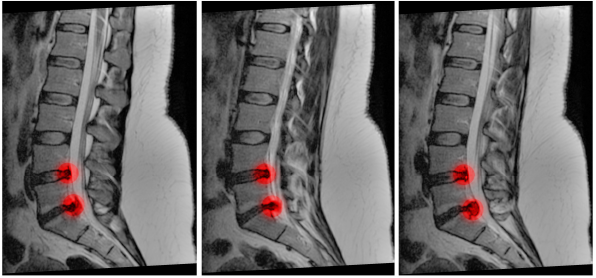











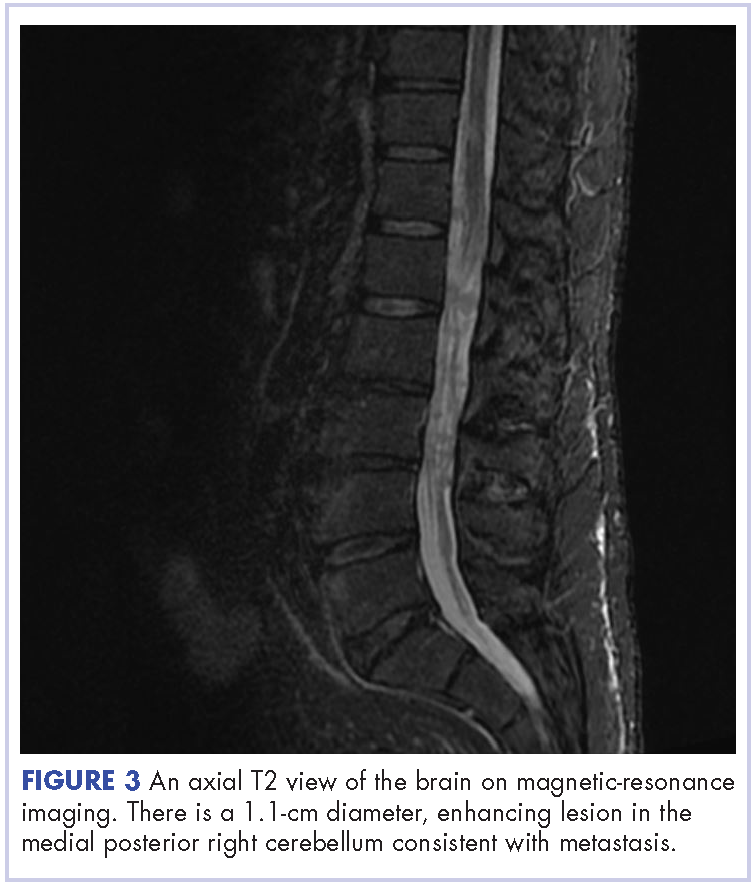
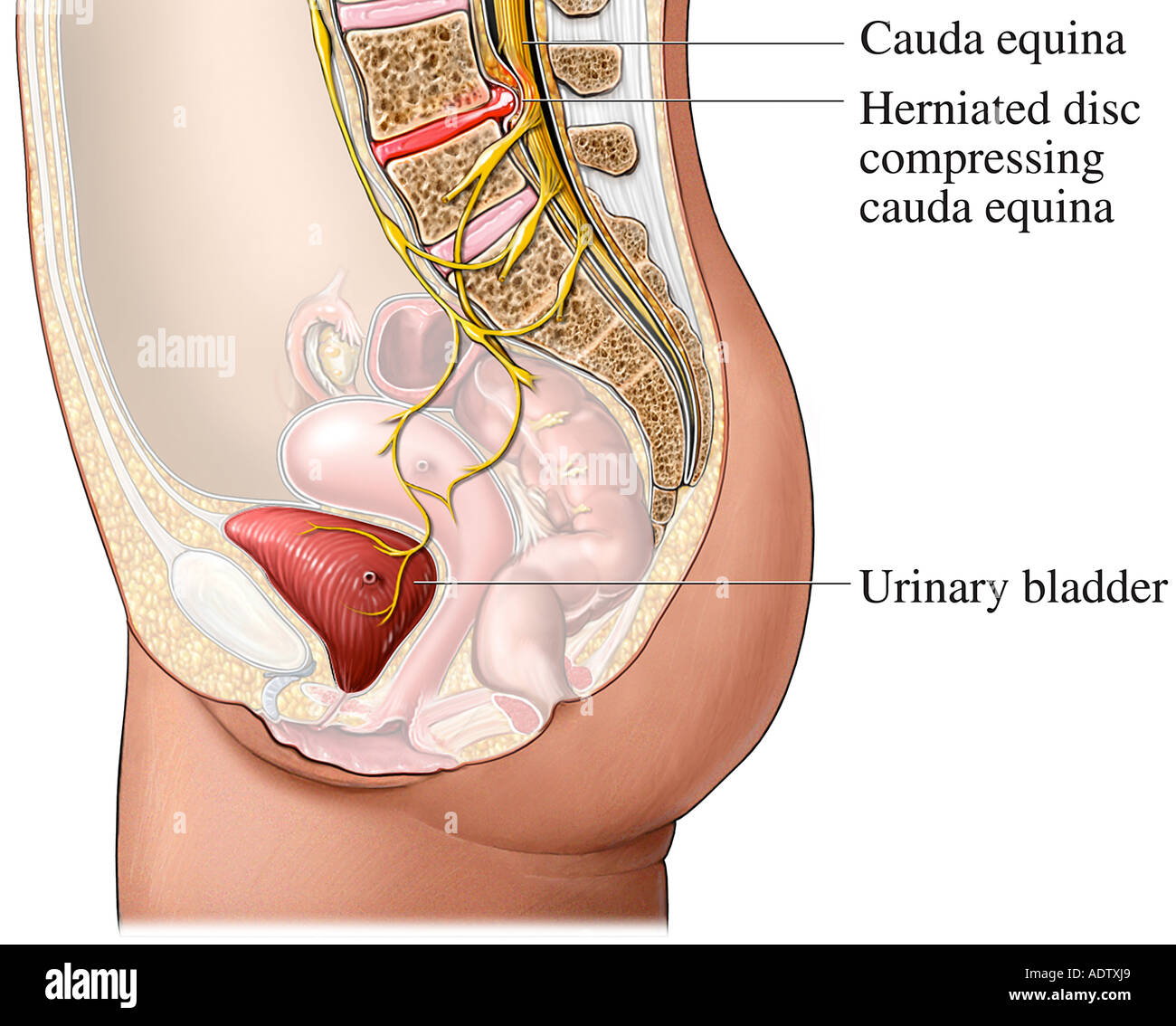
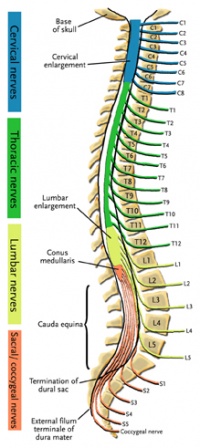
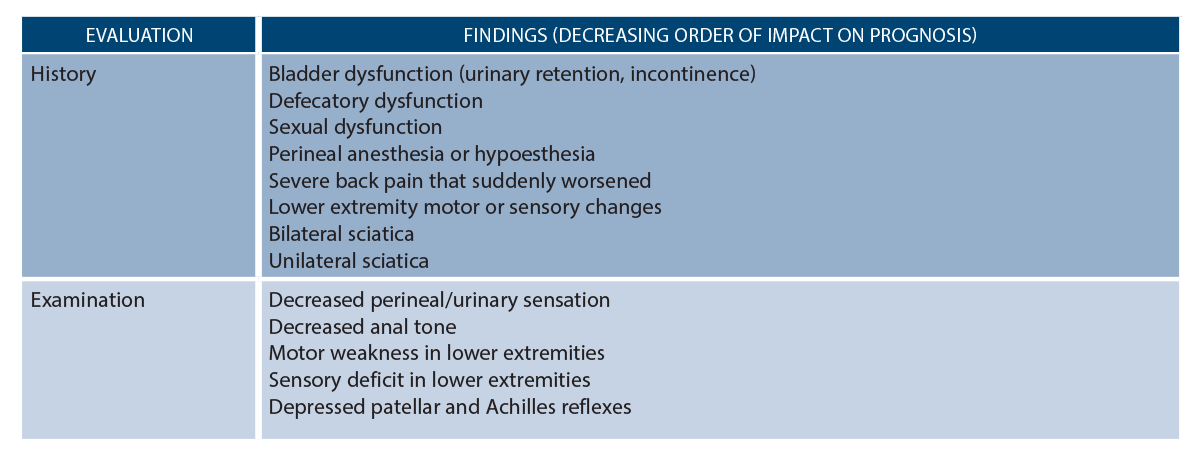


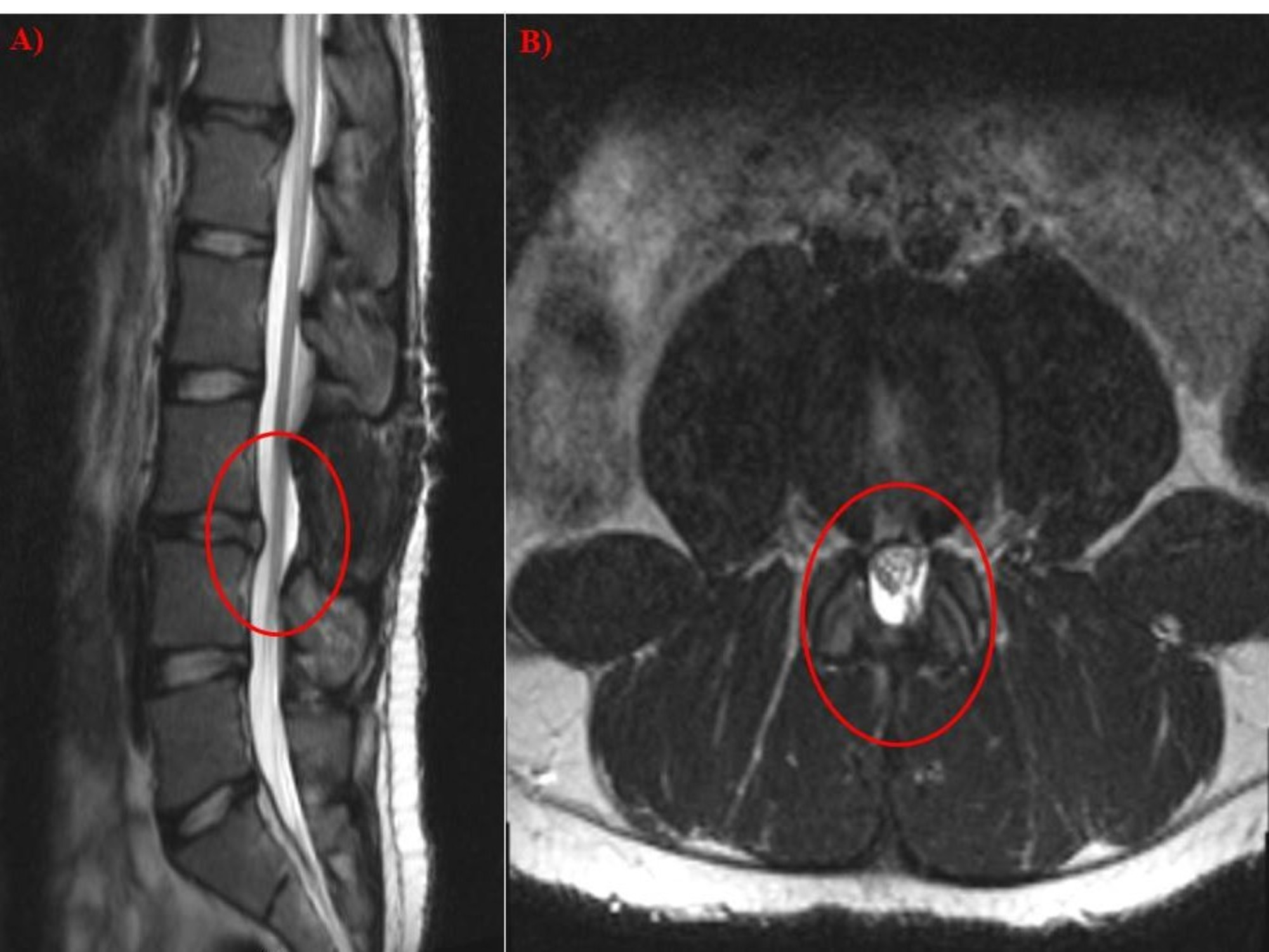








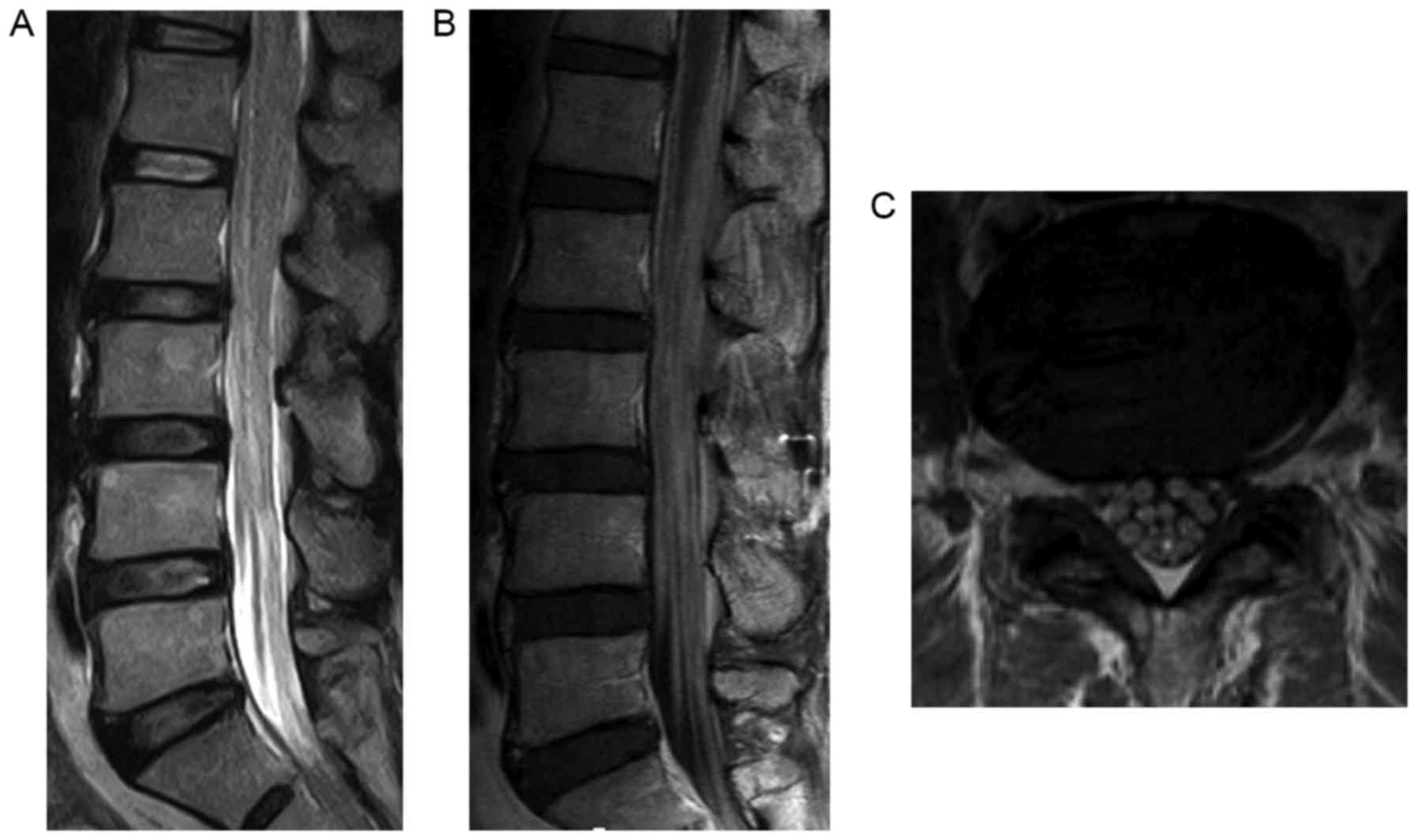

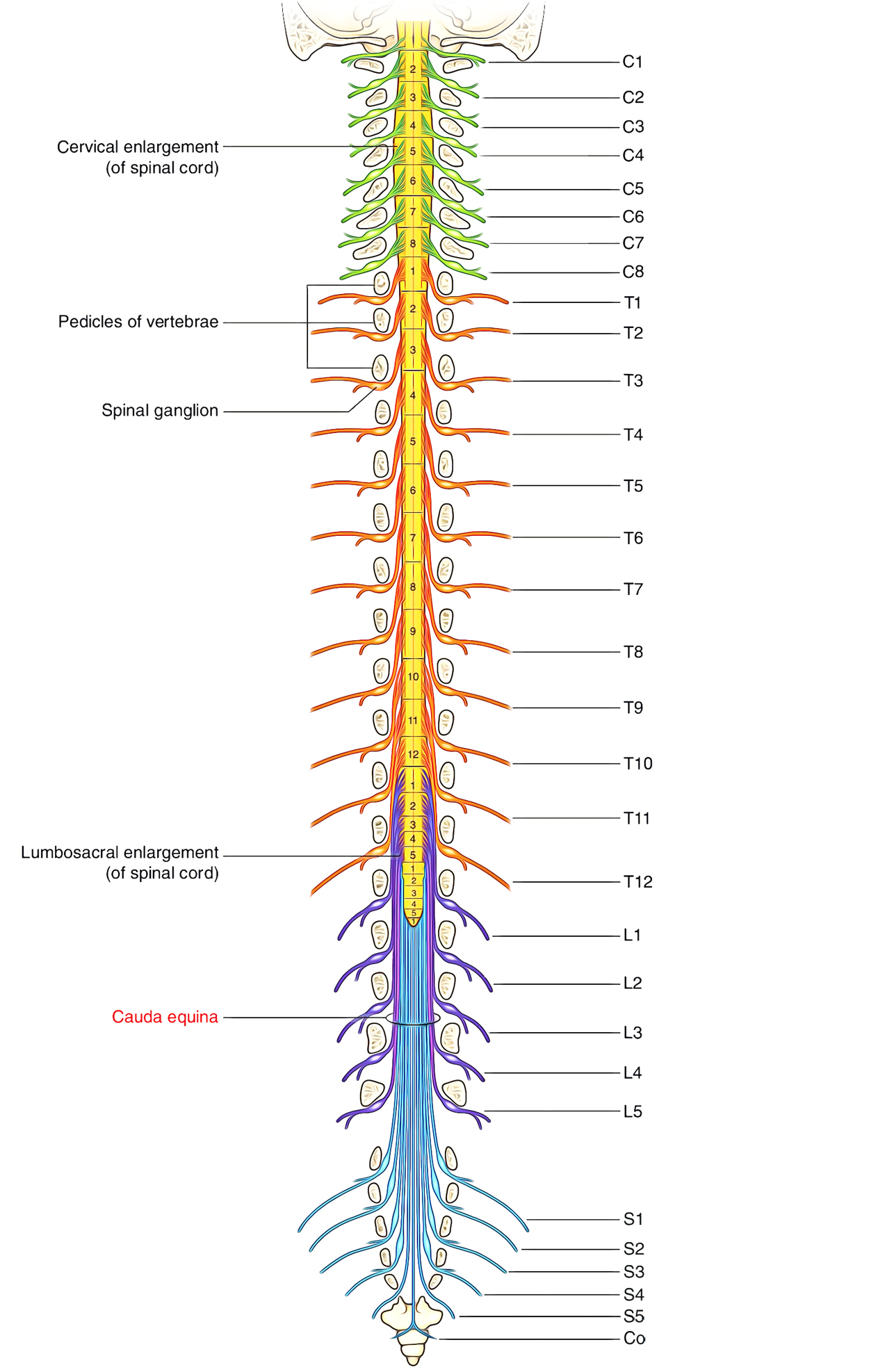








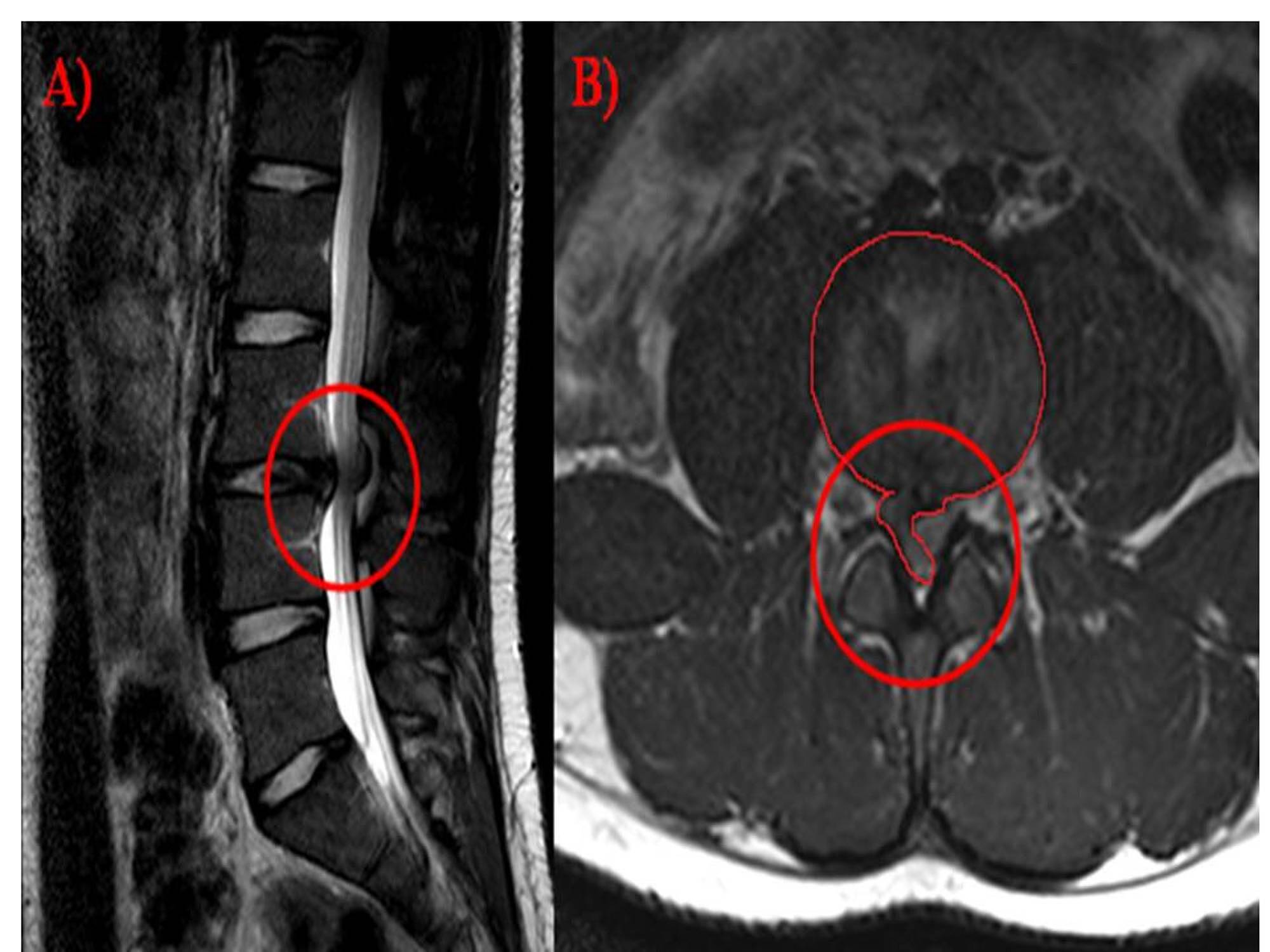


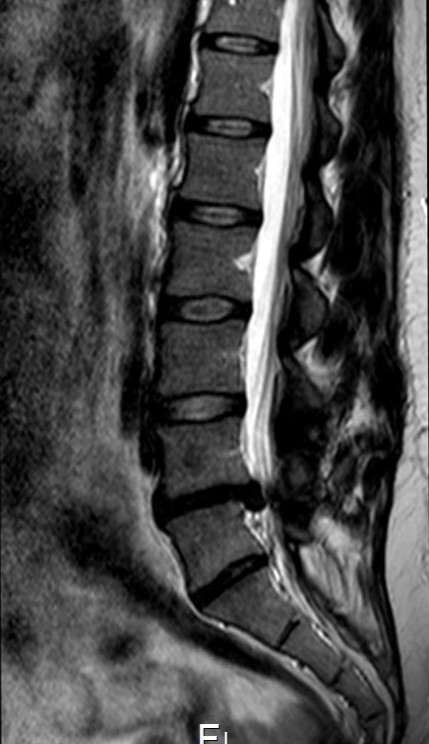
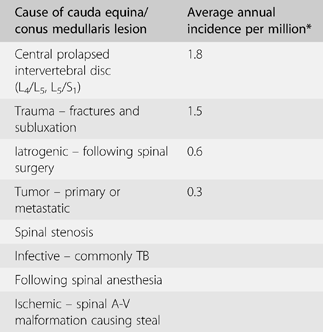



Posting Komentar untuk "Partial Cauda Equina Syndrome"